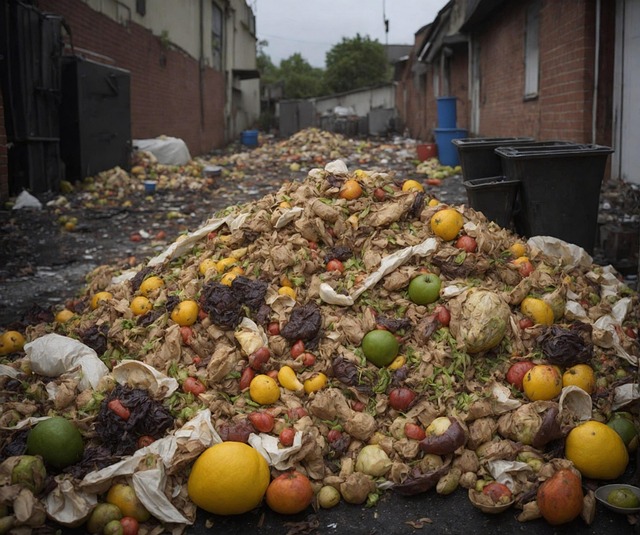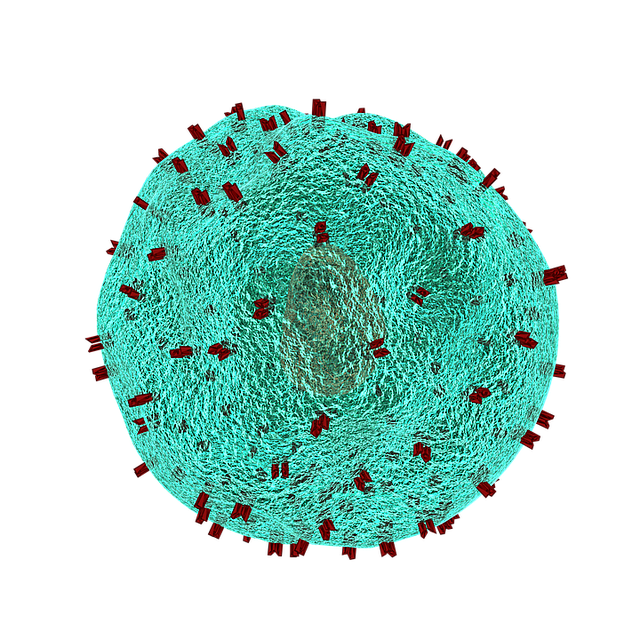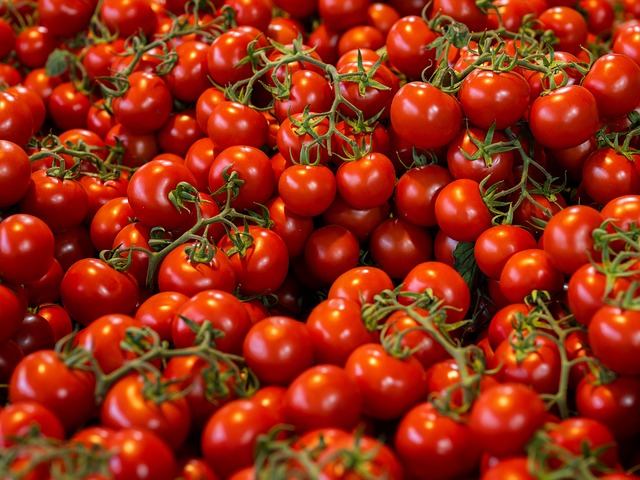Stem cell culture media is a specialized blend crucial for growing and maintaining these versatile cells, with key elements like growth factors, cytokines, and trace elements promoting proliferation, differentiation, and survival. Optimizing media composition, pH, oxygenation, and stability testing ensures efficient mesenchymal stem cell (MSC) harvests and long-term culture. Clinical-grade media optimization involves rigorous testing, sustainable practices, and closed-system culture to meet quality standards. Advancements in stem cell culture media drive progress in regenerative medicine and personalized therapy development, with future trends focusing on cost-effectiveness and scalability.
“Unleash the potential of stem cell research with optimized stem cell culture media—the lifeblood of cellular growth. This comprehensive guide explores the fundamentals, delving into the essential components and formulations that foster optimal stem cell proliferation. From techniques to enhance efficiency and sustainability to cutting-edge applications, we navigate the world of stem cell culture media. Discover how these advancements are revolutionizing research, shaping future trends, and opening doors to innovative therapeutic solutions.”
- Understanding Stem Cell Culture Media: The Basics
- Components and Formulations for Optimized Growth
- Techniques to Enhance Media Efficiency and Sustainability
- Applications and Future Trends in Stem Cell Research
Understanding Stem Cell Culture Media: The Basics

Stem cell culture media is a complex yet vital component in the cultivation and maintenance of these versatile cells. It provides the essential nutrients, growth factors, and support structures needed for stem cells to proliferate and differentiate. Understanding the composition and role of stem cell culture media is crucial for researchers and healthcare professionals aiming to harness the potential of these cells in various applications, from regenerative medicine to drug discovery.
The basics involve creating a serum-free and mitogen-free environment, which ensures purity and avoids unwanted cellular activation. Specialized stem cell media blends are designed to mimic the natural extracellular matrix and provide specific growth factors required for different types of stem cells. Media optimization for clinical-grade stem cells is a meticulous process that involves fine-tuning components like nutrient ratios, pH levels, and oxygenation to meet the stringent requirements for safe and effective therapeutic use.
Components and Formulations for Optimized Growth

The success of stem cell culture heavily relies on the meticulous selection and formulation of stem cell culture media. This complex mixture goes beyond basic nutrients, incorporating growth factors, cytokines, and other bioactive components that stimulate cellular proliferation, differentiation, and survival. Optimized stem cell culture media formulations cater to specific cell types, such as mesenchymal stem cells (MSCs), ensuring efficient harvests and robust expansion.
Key considerations in crafting media for efficient mesenchymal stem cell harvest include maintaining optimal pH levels, providing sufficient oxygenation, and supplying a balanced mix of essential trace elements. Ongoing stem cell media stability testing is crucial to ensure the viability and functionality of the media over time, which is particularly important for long-term stem cell culture solutions. This involves rigorous quality control measures to monitor changes in component concentrations and assess potential degradation of vital components.
Techniques to Enhance Media Efficiency and Sustainability

In the pursuit of efficient stem cell culture, optimizing media is a strategic approach that yields significant benefits. Techniques to enhance media efficiency and sustainability involve a meticulous balance of essential nutrients, growth factors, and supplementary components tailored to specific stem cell types. By carefully adjusting concentrations and incorporating defined stem cell media components, researchers can achieve optimal conditions for proliferation, differentiation, and long-term maintenance of these versatile cells.
Media optimization for clinical-grade stem cells goes beyond basic formulation. It involves rigorous testing and refinement to meet stringent quality standards while minimizing waste generation. This includes exploring sustainable alternatives for common media additives, ensuring sterile delivery systems, and implementing closed-system culture methods. These practices not only enhance the efficiency of stem cell expansion and cryopreservation media but also align with the growing demand for eco-friendly laboratory practices.
Applications and Future Trends in Stem Cell Research

The applications of stem cell research are vast and ever-expanding. Optimized stem cell media plays a pivotal role in this field by enabling more efficient stem cell culture media preparation, which is essential for various therapeutic approaches. From regenerating damaged tissues to developing personalized medicine, advancements in animal-component-free stem cell culture protocols have opened doors to ethical and versatile solutions. Researchers are now better equipped to maintain and expand stem cells using specialized stem cell maintenance media formulations, ensuring consistent quality and viability for clinical translation.
Looking ahead, future trends suggest a continued focus on developing cost-effective and scalable stem cell culture media options. This includes exploring new bioreactor technologies and refining media components to reduce production costs without compromising performance. The goal is to make stem cell therapies more accessible and economically viable, ultimately revolutionizing the field of regenerative medicine and improving patient outcomes.
Optimized stem cell culture media is a dynamic field, crucial for advancing stem cell research and its various applications. By understanding the basic components, exploring tailored formulations, and implementing efficient techniques, researchers can enhance media sustainability while promoting optimal cellular growth. As we look to the future, continued innovation in stem cell media will undoubtedly drive breakthroughs in regenerative medicine and beyond, shaping the landscape of healthcare for years to come.














